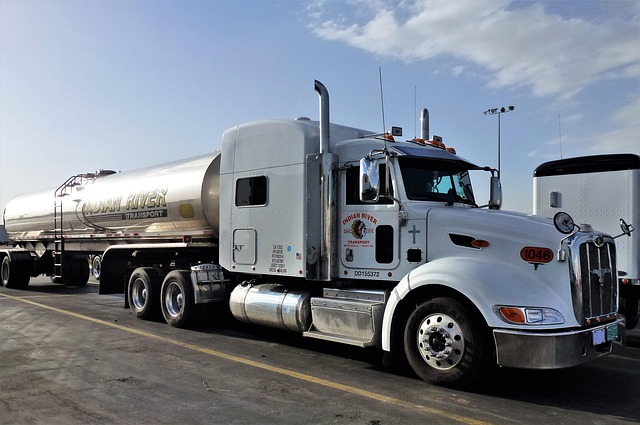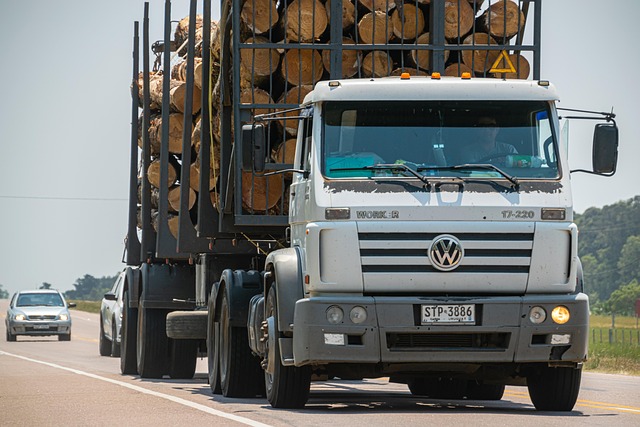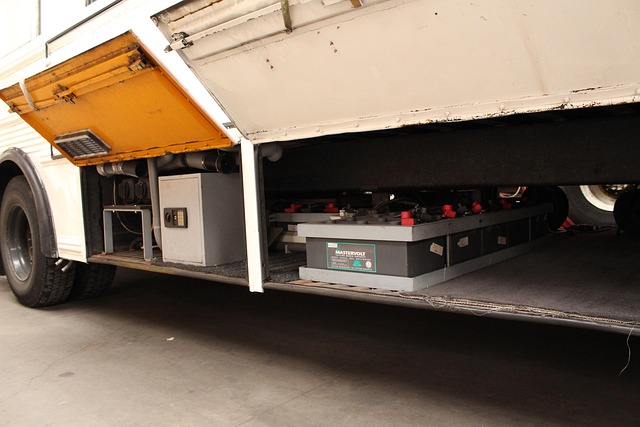Looking to register your car in California? This comprehensive guide walks you through every step, from understanding key requirements to paying fees. First, grasp the essential car registration needs specific to California. Next, gather all necessary documents, including proof of insurance and ownership. Then, visit your local DMV for critical VIN verification, a crucial process ensuring your vehicle’s authenticity. Finally, complete the application, pay the required fees, and hit the road with a fresh, official registration.
- Understand California Car Registration Requirements
- Gather Necessary Documents for Car Registration
- Visit Your Local DMV for VIN Verification
- Complete the Car Registration Application Process
- Pay the Required Fees for Vehicle Registration
Understand California Car Registration Requirements

Before registering your car in California, it’s crucial to understand the state’s specific requirements. The California Department of Motor Vehicles (DMV) mandates several steps for new and used vehicle owners alike, ensuring safety standards and accurate vehicle identification. One key aspect is the DMV’s vin verification process, which involves checking the Vehicle Identification Number (VIN) to ensure the car’s history aligns with its claimed condition.
This process includes a comprehensive inspection that considers various factors—from mechanical soundness to potential odometer rollback issues. For convenience, many residents opt for a mobile VIN inspection service, allowing them to complete this critical step from the comfort of their homes or places of business. These services utilize advanced technology to perform the vin inspection promptly and accurately, streamlining the registration process.
Gather Necessary Documents for Car Registration

Before you begin the registration process, it’s crucial to gather all the essential documents required by the California Department of Motor Vehicles (DMV). This includes your vehicle’s registration certificate from the previous state, a valid driver’s license, proof of insurance, and identification documents such as a passport or state-issued ID. Additionally, you’ll need to undergo a DMV vin verification process, which involves checking the Vehicle Identification Number (VIN) to ensure the car’s history is clear and it complies with all regulations.
For a more convenient approach, consider utilizing mobile vin verification services that offer a quick and easy way to complete this step. These services send a specialist to your location for a vin inspection, saving you time and effort. This is particularly beneficial if you’re busy or have difficulty transporting the vehicle to a DMV office.
Visit Your Local DMV for VIN Verification

Before registering your car in California, a crucial step is to ensure that your vehicle’s Vehicle Identification Number (VIN) is verified by your local Department of Motor Vehicles (DMV). This process is known as VIN verification and it plays a vital role in confirming the authenticity of your car. Visit your nearby DMV office, where you’ll need to present necessary documents and undergo an inspection. During this time, a DMV representative will check the condition of your vehicle, compare it with the information available on their systems, and ensure that everything aligns accurately.
Consider opting for a mobile VIN inspection service if you prefer convenience. These services bring the verification process directly to you, saving you a trip to the DMV. Alternatively, some car dealerships offer this as an added service when purchasing a vehicle. This option can be particularly beneficial, especially if your car has undergone modifications or has a unique build, ensuring a smooth registration process regardless of its origin or condition.
Complete the Car Registration Application Process

To complete the car registration application process in California, gather all necessary documents and visit a DMV office or use their online services. Start by filling out the Car Registration Application form, ensuring your vehicle’s information is accurate. This includes details like make, model, year, and unique identifier – the Vehicle Identification Number (VIN). A crucial step is to verify your VIN through the DMV’s system, which can be done conveniently via a mobile vin verification service or by visiting a local office for an in-person inspection.
After confirming the vehicle’s details, submit the application along with required fees. The DMV will then process your request and issue a registration certificate. If using a mobile vin inspector, this process can often be completed faster, as it streamlines the initial verification step. Remember to keep your registration documents updated and secure for future reference when renewing or transferring ownership.
Pay the Required Fees for Vehicle Registration

Registering a car in California involves paying several fees, one of which is the DMV VIN verification fee. This fee covers the cost of inspecting your vehicle’s unique Vehicle Identification Number (VIN) to ensure it matches the make, model, and year listed on the registration documents. The process can be streamlined with a mobile vin verifier or vin inspection service, allowing you to complete these steps conveniently.
These services provide a convenient alternative to visiting a DMV office. A mobile vin inspector can perform a quick and accurate check, ensuring that your car’s details are correct before submitting your registration application. This step is crucial for maintaining accurate vehicle records and avoiding potential issues down the line.
Registering a car in California is a straightforward process, ensuring your vehicle complies with state regulations. By understanding the requirements, gathering essential documents, and completing the application process at your local DMV for VIN verification, you’ll be on your way to legalizing your ride. Remember to pay the applicable fees to finalize the registration, making your vehicle roadworthy and compliant with California’s standards.
